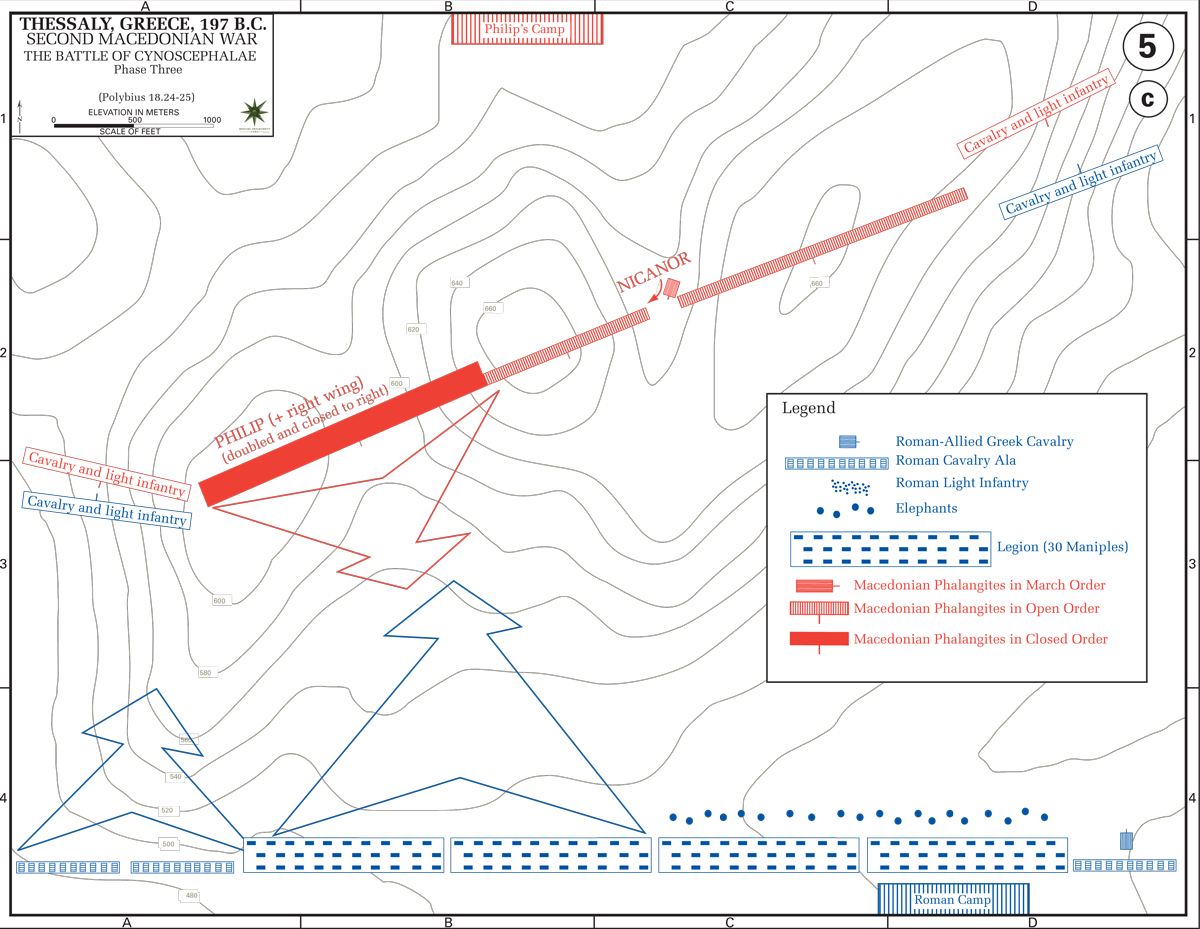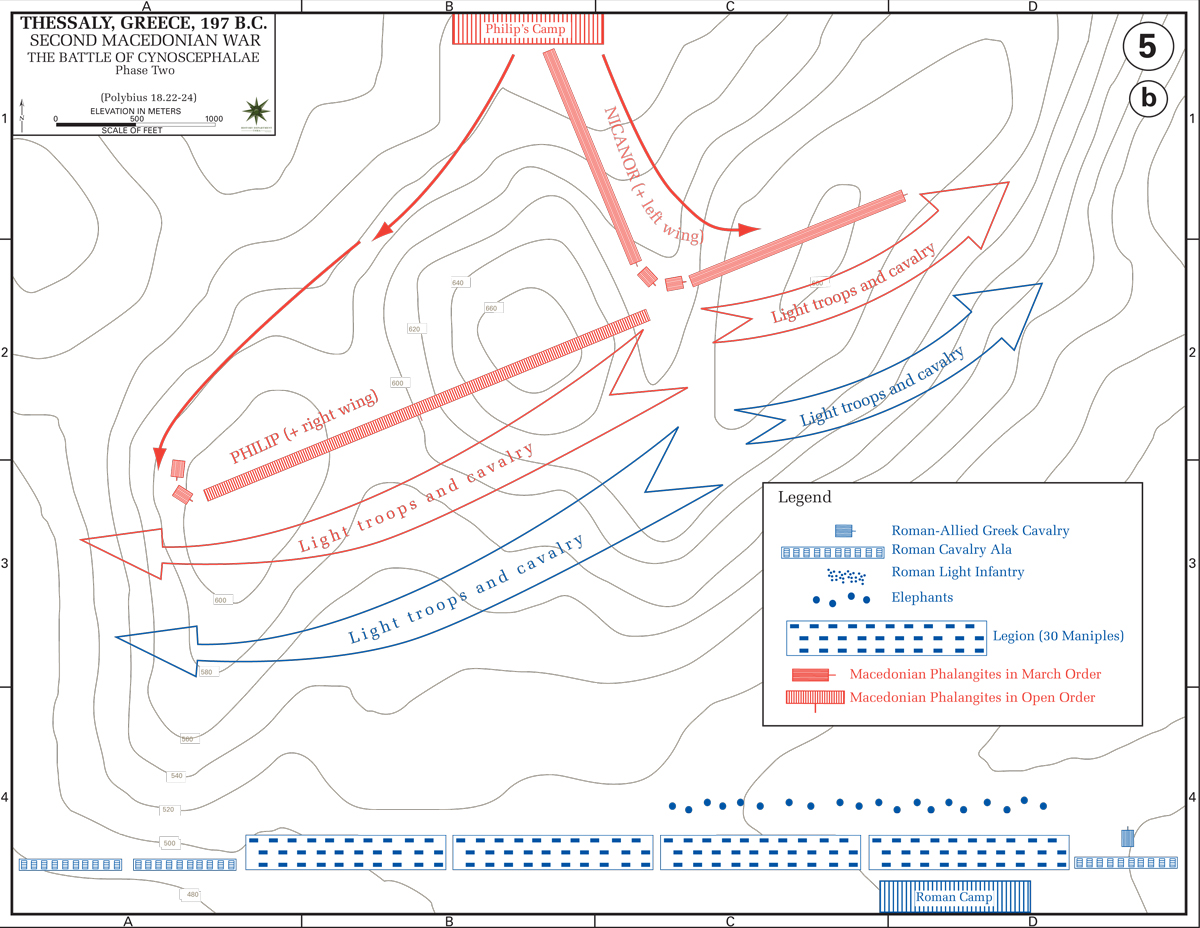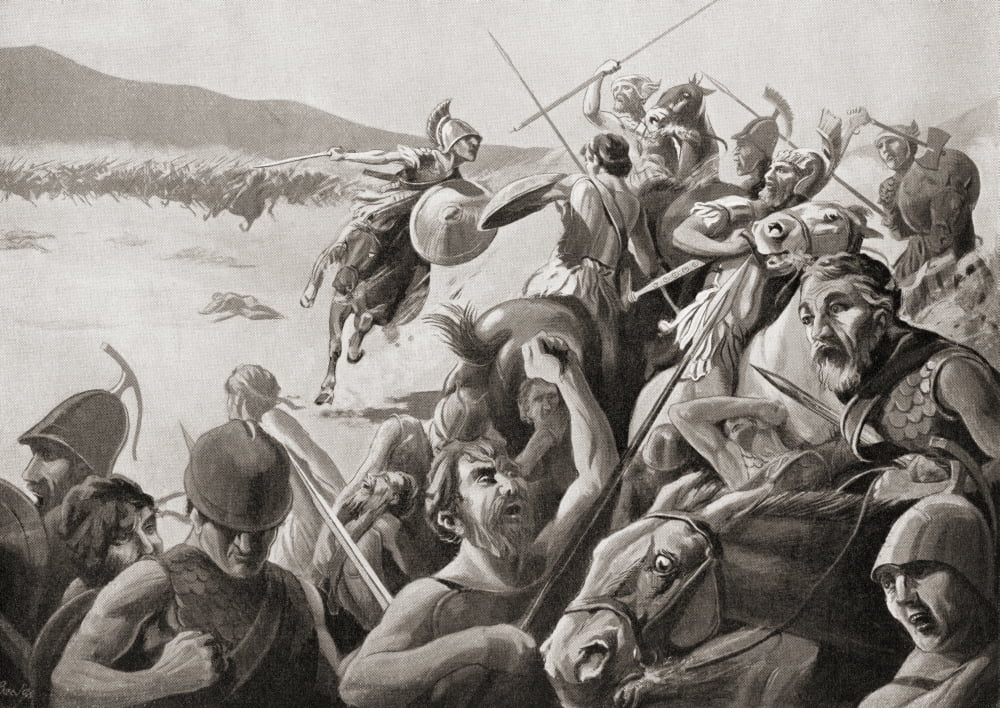
Battle of Cynoscephalae (197 BC) Roman legion against Macedonian phalanx. YouTube
Aditu Laudis 95.6K subscribers Subscribe 4.4K 385K views 8 months ago #aditulaudis #cinematicbattle Join us on Aditu Laudis as we uncover the epic Battle of Cynoscephalae. In this thrilling.

Battle of Cynoscephalae YouTube
Battle of Cynoscephalae, (197 bce ), conclusive engagement of the Second Macedonian War, in which Roman general Titus Quinctius Flamininus checked the territorial ambitions of Philip V of Macedonia and bolstered Roman influence in the Greek world.

The Battle of Cynoscephalae (197 B.C.) Very Hard Total War Historical Battles YouTube
The Second Macedonian War (200-197 BC) was fought between Macedon, led by Philip V of Macedon, and Rome, allied with Pergamon and Rhodes.Philip was defeated and was forced to abandon all possessions in southern Greece, Thrace and Asia Minor.During their intervention, although the Romans declared the "freedom of the Greeks" against the rule from the Macedonian kingdom, the war marked a.

Battle of Cynoscephalae Alchetron, the free social encyclopedia
The Battle of Cynoscephalae Ancient History Guy 29.2K subscribers 9.9K views 4 years ago The Battle of Cynoscephalae was a decisive engagement between the Roman Republic and the Antigonid.

Battle of Cynoscephalae (197 BCE) « IMPERIUM ROMANUM
A Macedonian phalangite was a professional soldier, and one of the most heavily armored in the world. A Macedonian phalanx was much deeper than a Greek hoplite formation, and could bring almost five pikes to bear on a target at once. Some of the phalangites would hold their pikes at angles to disrupt missiles thrown or launched at them.

Map of the Battle of Cynoscephalae 197 BC Phase III
Military History December 7, 2018 As he peered down from the summit of a ridge in central Greece known as Cynoscephalae, Philip V, King of Macedon, felt that the gods had abandoned him. He had arrived at the top of the ridge expecting to find his Roman enemies in a confused retreat.

The Battle Cynoscephalae
World History Encyclopedia. World History Encyclopedia, 04 Oct 2019. Web. 07 Jan 2024. The Roman victory in the Battle of Cynoscephalae ( 197 BC ) marked the end of the Second Macedonian War between Rome and Philip V, king of Macedon. The battle.

Legionaries vs. Phalanx The Ultimate Battle of Cynoscephalae 197 BC YouTube
In making his analysis of the Macedonian phalanx Polybius was thinking not of this battle but of the battle of Pydna, when two battle-lines did engage in an orthodox manner. See my article in JHS civ (1984) 42 for 'the double phalanx', then of 32 men. Kromayer 81 n. 1 and Walbank 582 put the single phalanx at 8 men and the double phalanx at.

Map of the Battle of Cynoscephalae 197 BC Phase II
Battle of Cynoscephalae (197 BCE) was the decisive clash between Rome and Macedonia in the Second Macedonian War. Background of events Macedonia became Rome's enemy in 215 BCE after siding with Carthage during the Second Punic War. Macedonia counted on spoils and territorial benefits, and to this end sparked the First Macedonian War (215-205 BCE).

Battle of Cynoscephalae Alchetron, the free social encyclopedia
The Battle of Cynoscephalae ( Greek: Μάχη τῶν Κυνὸς Κεφαλῶν) was an encounter battle fought in Thessaly in 197 BC between the Roman army, led by Titus Quinctius Flamininus, and the Antigonid dynasty of Macedon, led by Philip V, during the Second Macedonian War. It was a decisive Roman victory and marked the end of the conflict. Background

Aftermath of the Battle of Cynoscephalae (197 BC) The roman consul Quinctius Flaminius defeats
Table of Contents Cynoscephalae, (Greek: "Dogs' Heads"), ancient range of hills in Thessaly, Greece, 7 miles (11 km) west of modern Vólos. It was the site of the victory (197 bc) that ended the Second Macedonian War when the Romans under Titus Quinctius Flamininus defeated Philip V of Macedon. The combat engaged about 26,000 men on each side.

Battle of Cynoscephalae 197 BC Greek PHALANX vs Roman LEGIONNAIREPhilip V vs Titus Flamininus
The Battle of Cynoscephalae, 197 BC, settled once and for all the age-old dispute of phalanx versus legionary warfare. Roman consul Titus Quinctius Flamininus entered Macedon with his two Senate-provided legions to confront and dethrone King Philip V in the Second Macedonian War.

The Battle of the Cynoscephalous World History Amino
The Battle of Cynoscephalae Last Updated on December 13, 2021 by Vladimir Vulic Had Roman involvement in Illyria and the Macedonian alliance with Carthage in the Second Punic War (right after Cannae!) not made Rome and Macedon the best of friends, then peace of 205 BC was destined not to last. Rome suspiciously watched its neighbour across the sea.

The Battle of Cynoscephalae, 197 BC Rome vs. Macadeonia Flickr
Cynoscephalae, (Greek: "Dogs' Heads"), ancient range of hills in Thessaly, Greece, 7 miles (11 km) west of modern Vólos. It was the site of the victory (197 bc) that ended the Second Macedonian War when the Romans under Titus Quinctius Flamininus defeated Philip V of Macedon. The combat engaged about 26,000 men on each side.

Battle of Cynoscephalae Part of the Second Macedonian War Древний рим, История древнего рима
Cynoscephalae was the first battle in the campaign of Roman imperialism against Macedonia and the eastern Mediterranean. It was also the first clash of two rival military systems: the Greek spear phalanx and the Roman sword legion. For 300 years cavalry used in concert with the spear phalanx had dominated Western battlefields.

The Battle Of Cynoscephalae, Thessaly, Greece, 197 Bc Between The Roman Army And The Antigonid
The Battle of Cynoscephalae. Philip also advances and occupies the hills. army in position outside the camp, Philip himself advanced with his peltasts and the right wing of his phalanx, commencing the ascent of the hills with great rapidity, and having left instructions with Nicanor, surnamed the Elephant, to see that the rest of the army.
